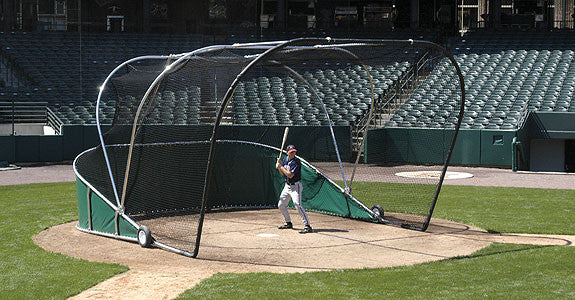Helping the Youth Player July 24 2015, 0 Comments
Common Issues With Young Baseball Players & What To Do As a CoachIf you are coaching young baseball players these will undoubtedly be three issues that you will encounter quite frequently. Hopefully these tips give you a good idea of how to correct things and get your young troops back headed in the right direction with their skill development. If you have any of your own coaching techniques or other common issues you encounter, please share them with us in the comments section below. Thanks for your time!
There are many different technical issues that young baseball players have when starting out but some seem to be a lot more common than others. Here are a few problems that are consistent with most kids and what you can do as a coach and/or parent to help steer them in the right direction.
Throwing
Every person that’s ever thrown a ball has their own technique that is slightly different in some way than everybody else’s. However, even though everyone throws differently, many still have the same problems. The most common problem that I see with kids throwing the baseball is the direction their body is going in when they throw. What typically happens is players will direct their momentum towards their glove side, instead of having it all going towards their target. This can happen for many reasons but typically it has to do with their glove getting away from their body during the throw and pulling them away from their target instead of towards it. Once your glove starts moving away from your body as you throw, it’s likely that your momentum will follow in the same direction. The consequences for your momentum being directed in other places than your target are typically a loss of velocity as well as accuracy. So make sure that your youn baseball players are directing momentum towards their target whether it be a catcher or a teammate in the field.
Hitting
There are very few techniques in sports that are debated more than hitting a baseball. But one consistent technique that’s taught is that when a player strides, it’s best for the stride to be going straight. A problem with a lot of younger hitters, however, is they will step away (usually opening up). Once you step away, your front shoulder will open up and allow your head to pull off, which will also increase the likelihood that your bat will not be in the strike zone as long as it could be. So before adjusting any technique of a hitter, make sure their stride is at least going forward to give the rest of their body a chance to do other things efficiently.
Fielding
A very common mistake that kids make while fielding a ground ball is where they position their glove when picking up the ball. What most kids like to do is put their glove straight down between their legs. The problem with this is when the ball is on its way, you cannot see your glove and watch the ball at the same time, meaning you can't see the ball into your glove (or as close as possible...sometimes it can be too fast to track right in). So you have to get your glove out in front of you so that you can see the ball in (like Dustin Pedroia in the picture above). This technique will also help you adjust to bad hops by giving you the opportunity to move your glove back to your body if necessary. It’s a lot easier to adjust bringing your glove in than adjusting it out.
Kevin Hussey










